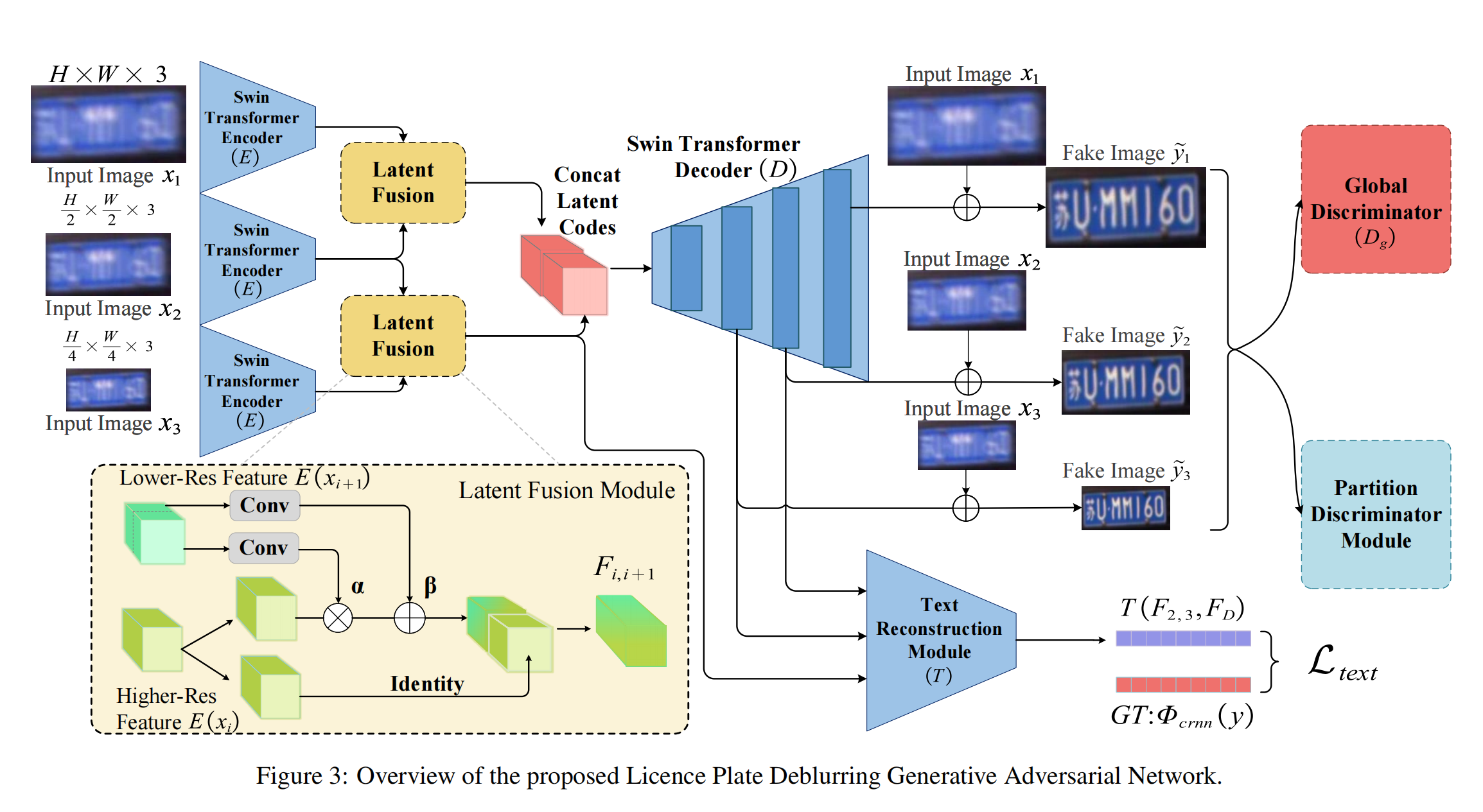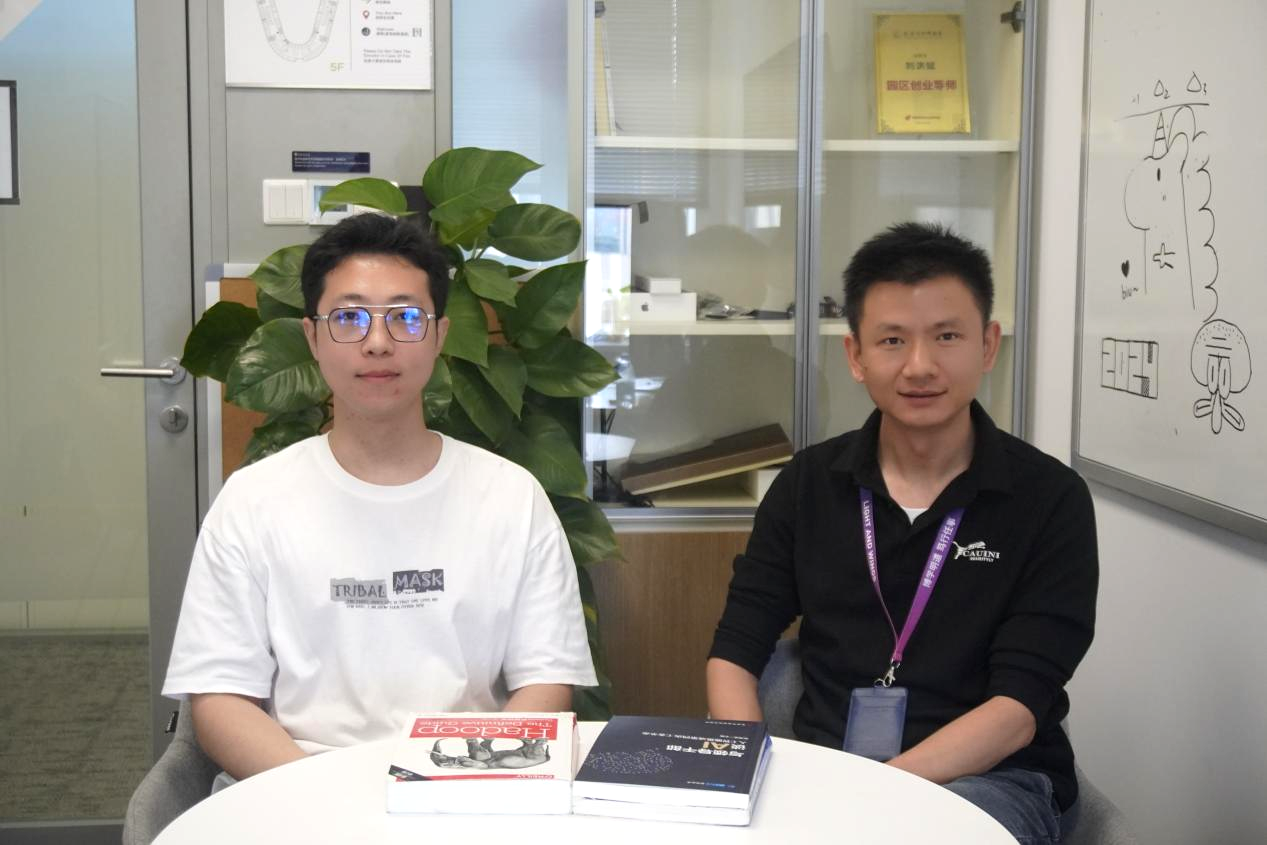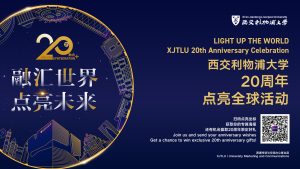08 Aug 2024
Urban traffic systems are increasingly reliant on License Plate Recognition (LPR) technology for the efficient management of traffic and the enforcement of safety regulations. However, challenges such as high-speed vehicle motion, inclement weather, and camera shake often lead to blurred images, complicating the process of accurate recognition.

A Pioneering Approach from XJTLU Researchers
A recent study introduces an innovative AI solution to improve urban traffic management. Researchers from Xi'an Jiaotong-Liverpool University (XJTLU), China, have developed a comprehensive approach, introducing a large-scale license plate deblurring dataset named LPBlur and a state-of-the-art deblurring model known as LPDGAN.

LPBlur: A Deblurring Dataset
Haoyan Gong, the first author and a Ph.D. student at the School of AI and Advanced Computing, XJTLU Entrepreneur College (Taicang), supervised by Dr. Hongbin Liu, explains the methodology:
"The research team employed a dual-camera system to capture paired images: one with a fast exposure time to capture clear images of moving vehicles, and another with a longer exposure time to simulate motion blur."
This method effectively replicates real-world conditions, resulting in a dataset comprising 10,288 pairs of images under diverse lighting and weather conditions, ensuring extensive data diversity and authenticity.
The LPBlur dataset benefits from a meticulous post-processing workflow that ensures precise image alignment and eliminates color biases, thereby enhancing overall data quality.

LPDGAN: A Deblurring Model
The LPDGAN model leverages a multi-scale learning technique, enabling it to accurately recognize vehicles at various scales and distances. Experimental results indicate that LPDGAN outperforms existing deblurring algorithms, especially in low-light conditions, by delivering clearer and more detailed images of license plates.
Dr. Hongbin Liu underscores the broader implications of this research for public safety. Enhanced deblurring capabilities improve the clarity of surveillance images, aiding in traffic violation monitoring and vehicle tracking, which are essential for law enforcement agencies in identifying and pursuing vehicles involved in illegal activities.

Future Directions and Collaborations
They are also exploring collaborations with commercial entities and government agencies to facilitate the practical application and deployment of their research findings.
Academic and Research Support
Haoyan Gong highlights the conducive academic environment at XJTLU Entrepreneur College (Taicang) and the resources provided by the XEC and faculty.
"Regular progress reviews, collaborative idea-sharing sessions, and access to computational resources for model training have been pivotal to our research," Gong states.
Dr. Hongbin Liu emphasizes the importance of scientific research transcending theoretical exploration to address real-world problems through interdisciplinary collaboration.
The study's authors include Haoyan Gong and Dr. Hongbin Liu, Assistant Professor at the School of AI and Advanced Computing, XJTLU Entrepreneur College (Taicang). Their research has been accepted by the 33rd International Joint Conference on Artificial Intelligence (IJCAI), recognized as one of the foremost global conferences in the AI field and classified as an A-class international conference by the China Computer Federation (CCF).
The paper, titled "A Dataset and Model for Realistic License Plate Deblurring," is available for online access.
By: Shihuai Wang, Hongyu Ji
Pictures: Haoyan Gong, Boqun Qiu
08 Aug 2024







